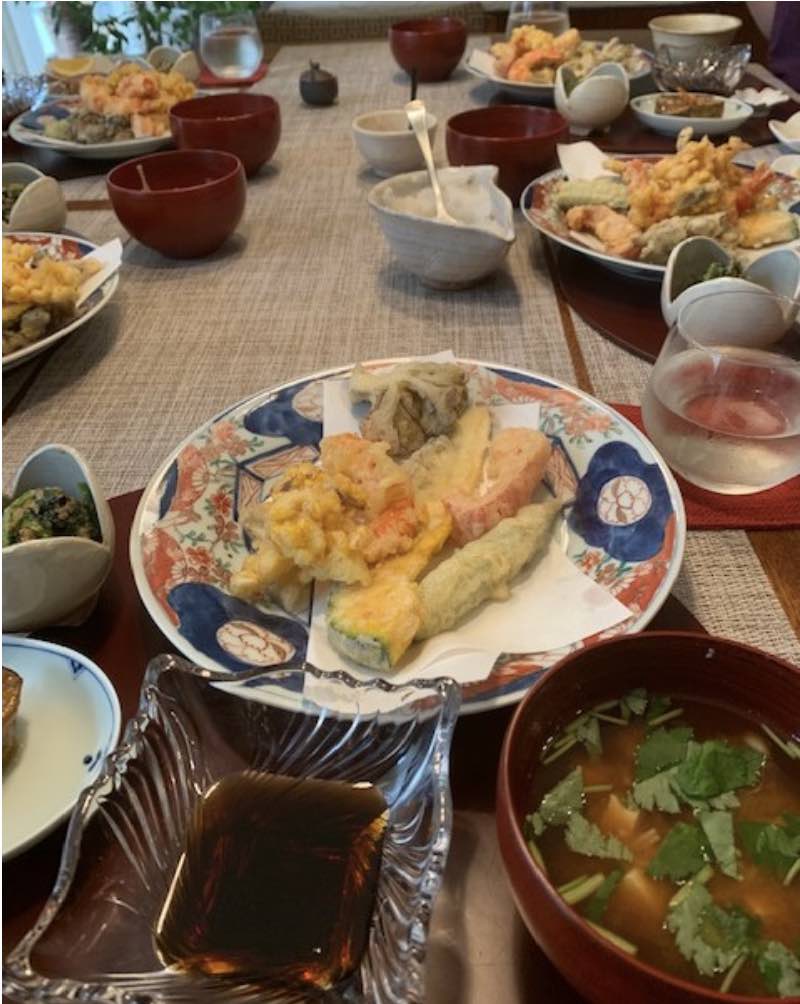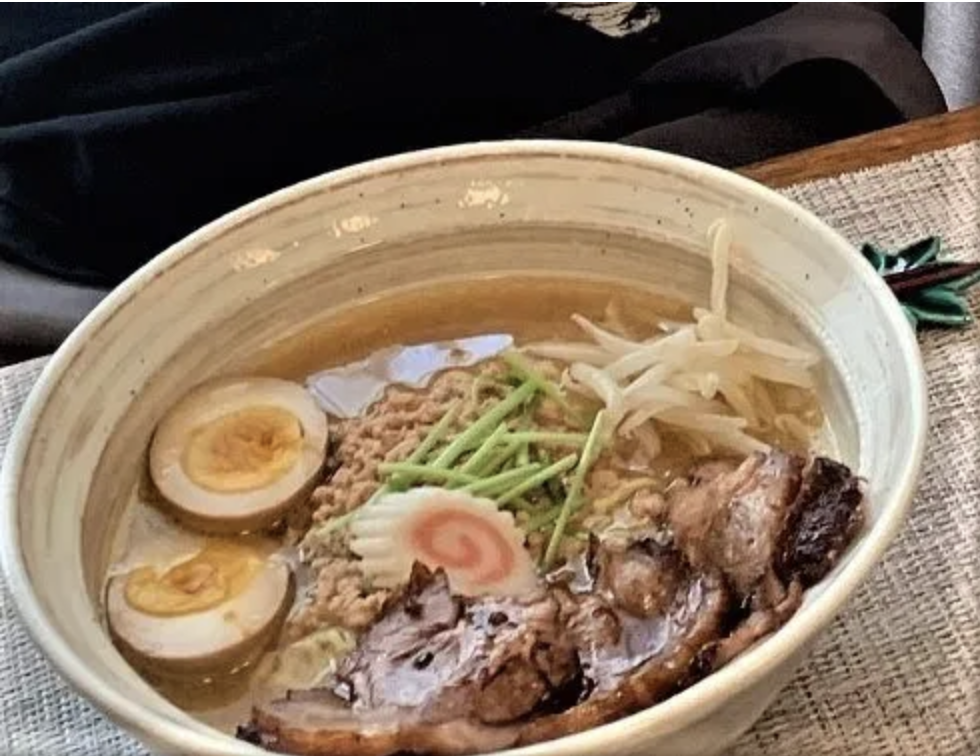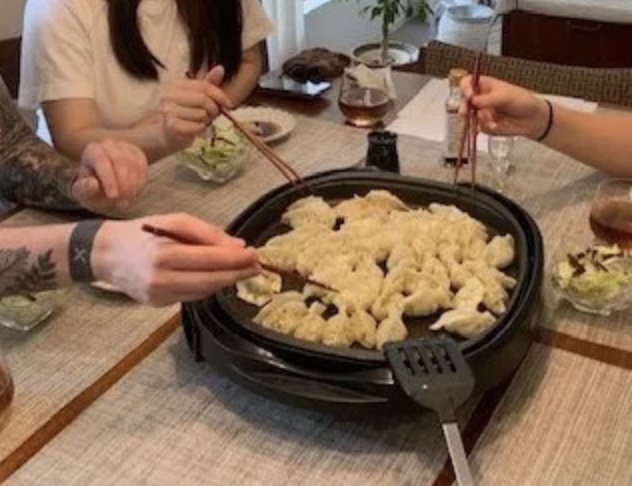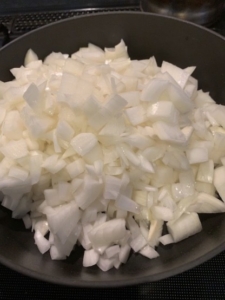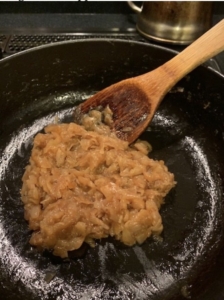Tempura & Gyoza class
2 x main dishes of Tempura & pork Gyoza for a couple from Australia and UK, based in Sydney, NSW. Fresh Edamame season had arrived so we boiled some as one of our side dishes, plus Miso soup, rice etc.
Deep-frying Tempura on a hot summer day sounds a bit tiring? Well, many of our summer vegetables (aubergine, Kabocha pumpkin, Okura…) are perfect ingredients for Tempura so it is a very poplular dish in summer. Tempura & ice cold beer is our favorite way to enjoy summer evenings in Tokyo.
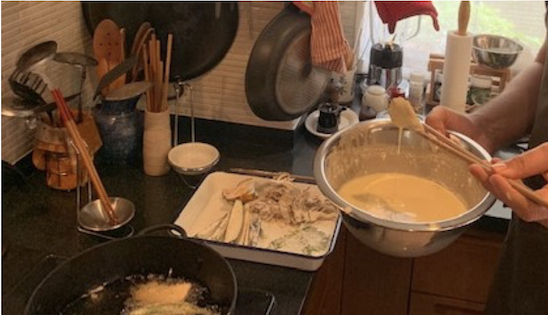
If you go to the Tempura master’s restaurant, chef may be using cold press sesame oil, which has no flavor like toasted sesame oil. This oil is regarded as the best quality option for frying light & crispy Tempura but there is one problem, it is quite expensive and not very friendly to my wallet. So I usually mix it with our reasonably priced ‘vegetable’ oil.
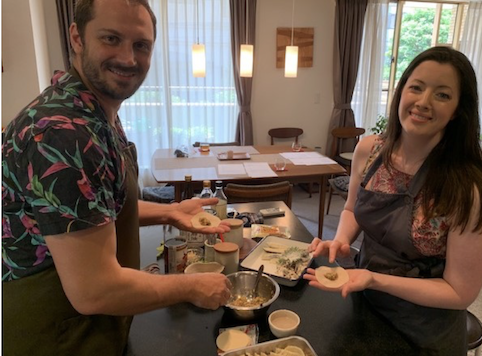
My guest couple went through several processes of preparation and finally we completed a great lunch! Yummmm!! And a lot of fun talk over our feast goes on and on…..

Many thanks for coming!


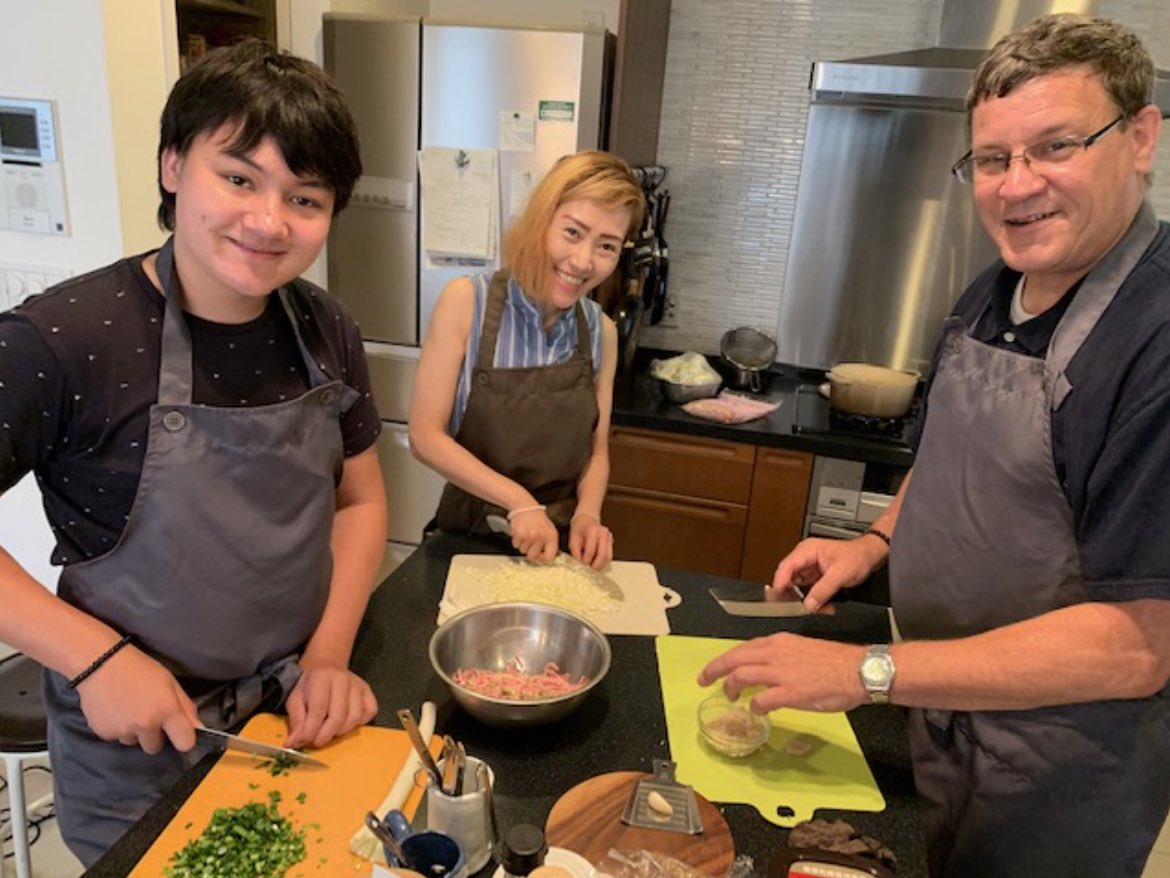

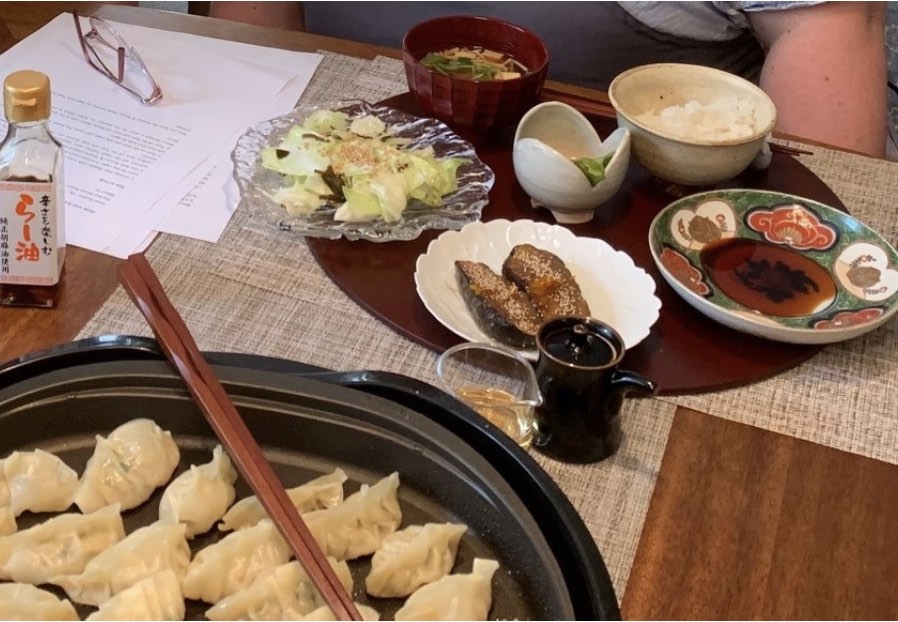



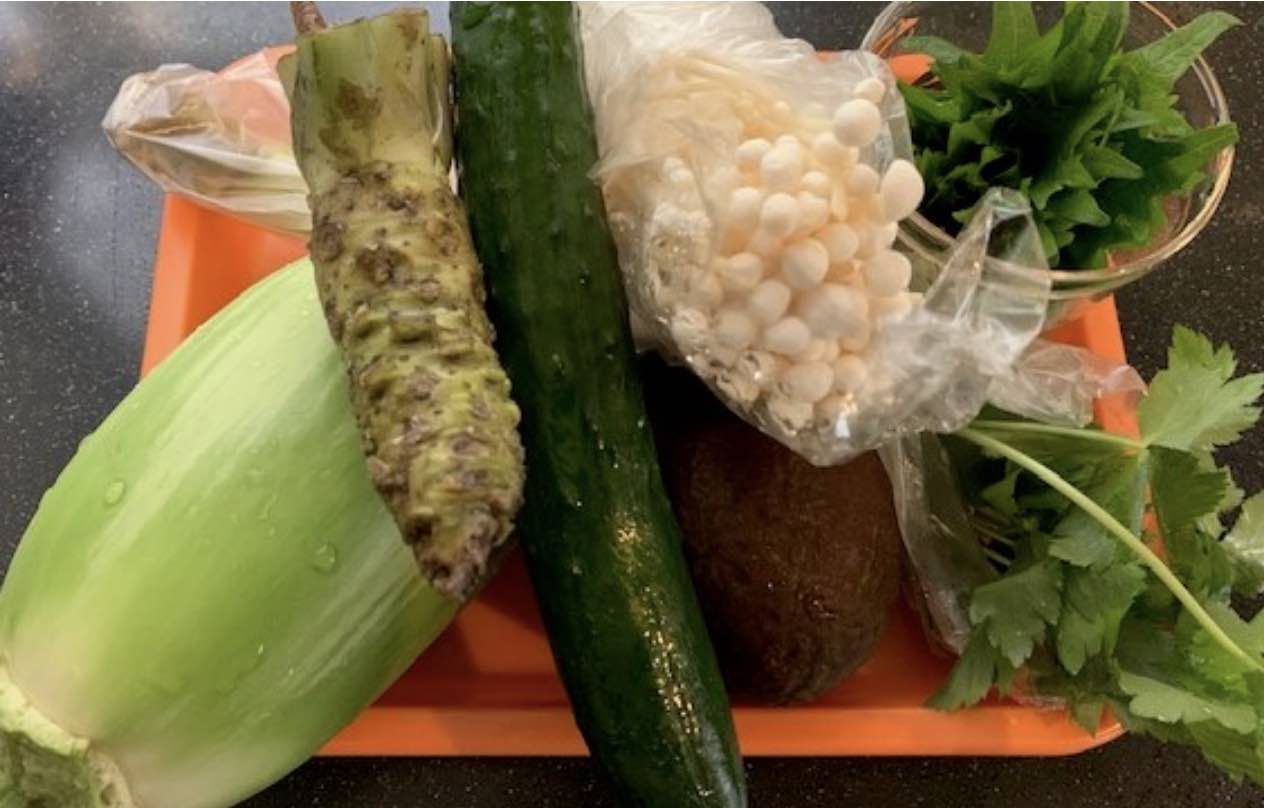 The nice tangy fragrance of fresh Wasabi does not keep long in the fridge. If you have some leftovers, wrap them in saran wrap and freeze until your next Sushi or Sashimi occasion.
The nice tangy fragrance of fresh Wasabi does not keep long in the fridge. If you have some leftovers, wrap them in saran wrap and freeze until your next Sushi or Sashimi occasion.

